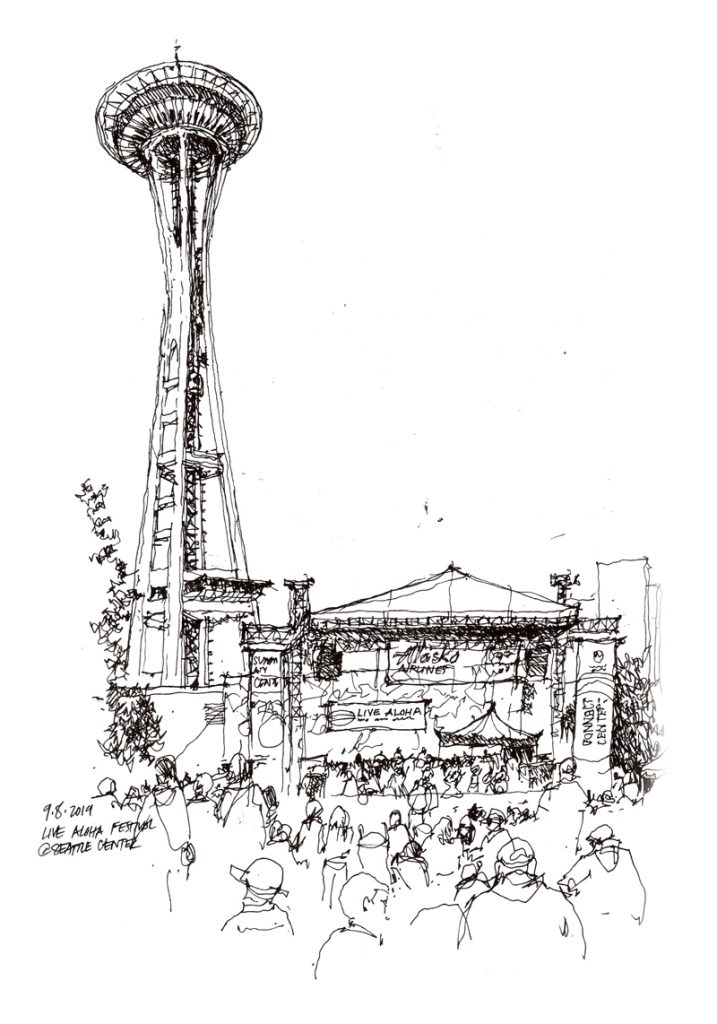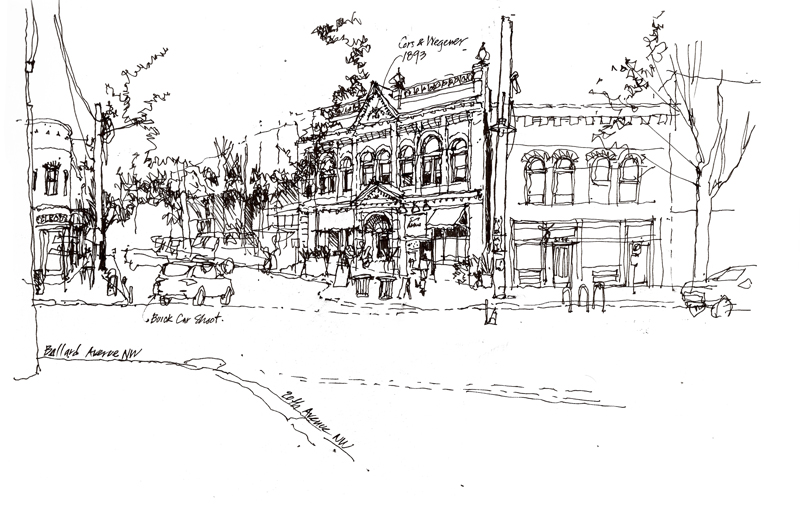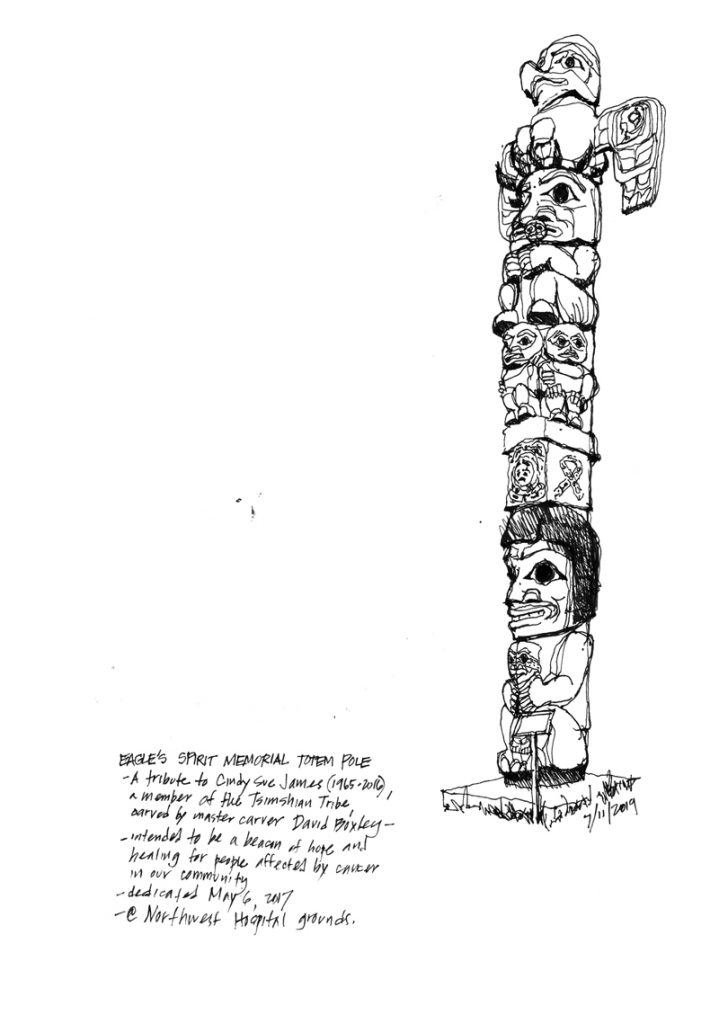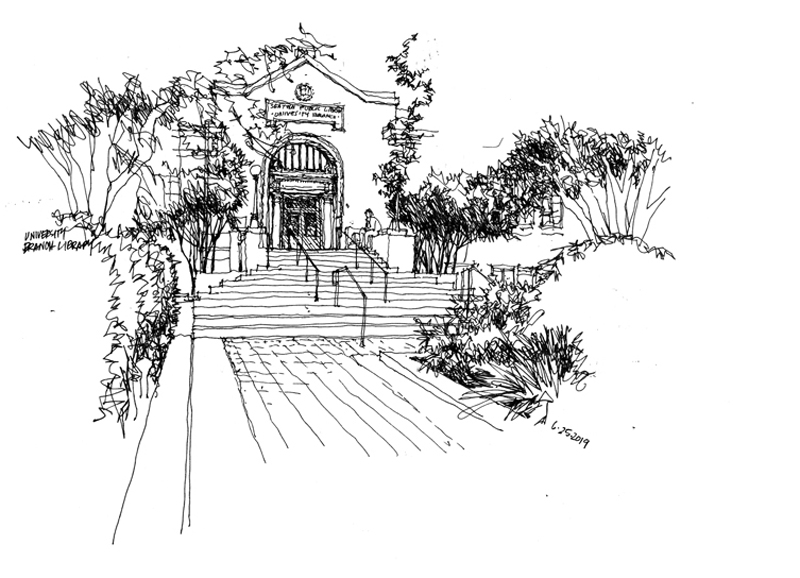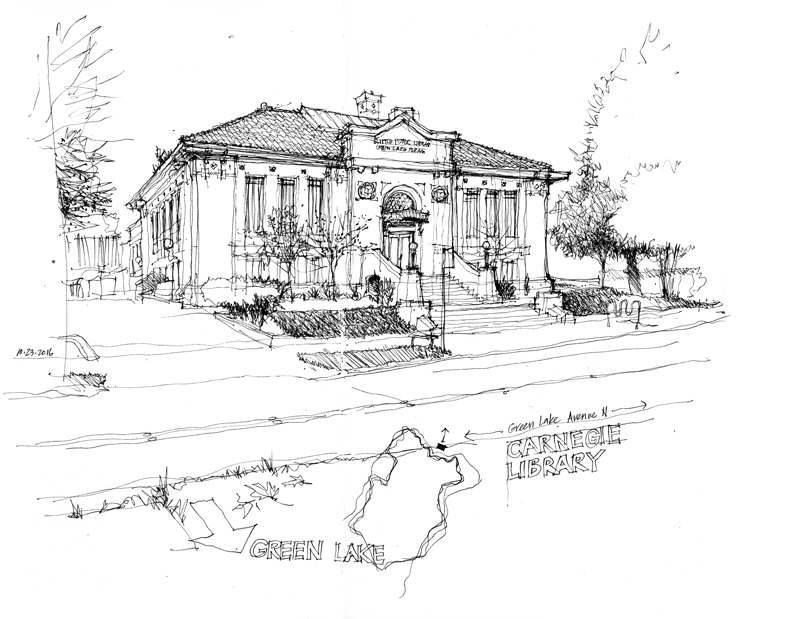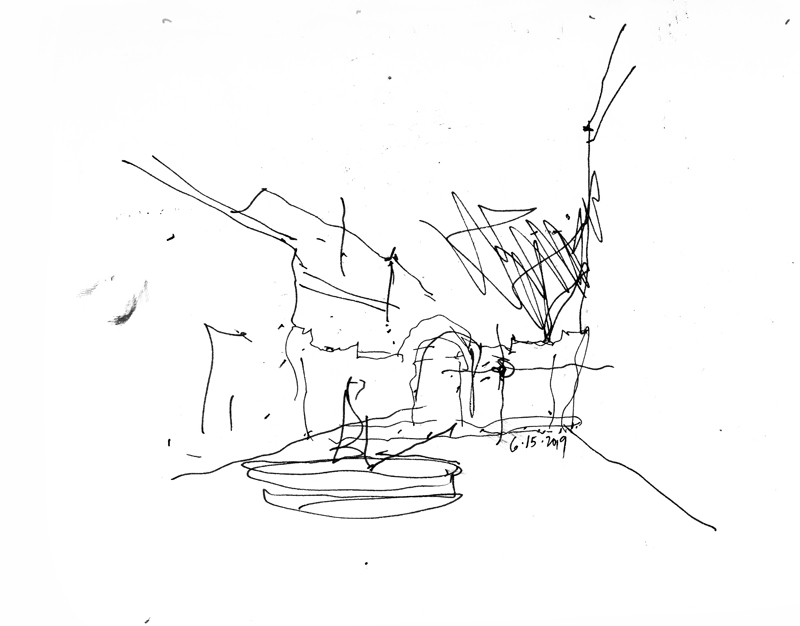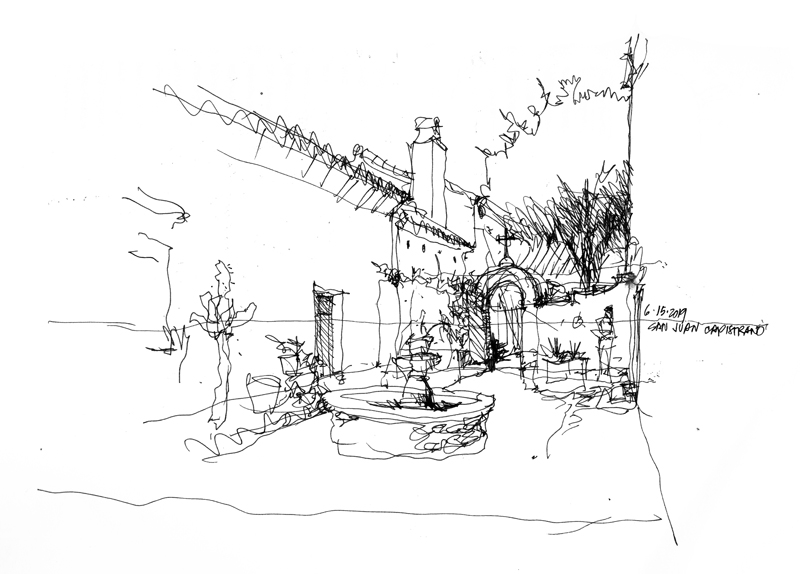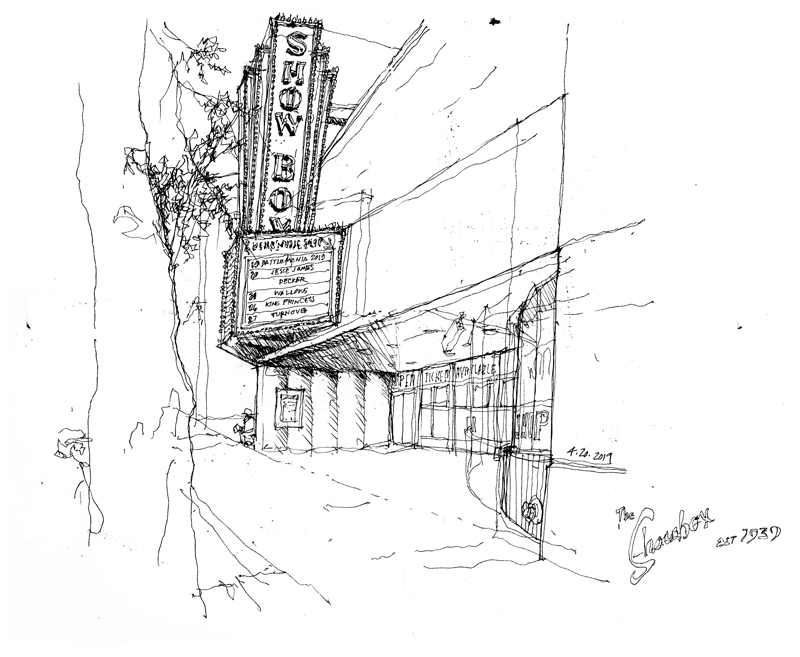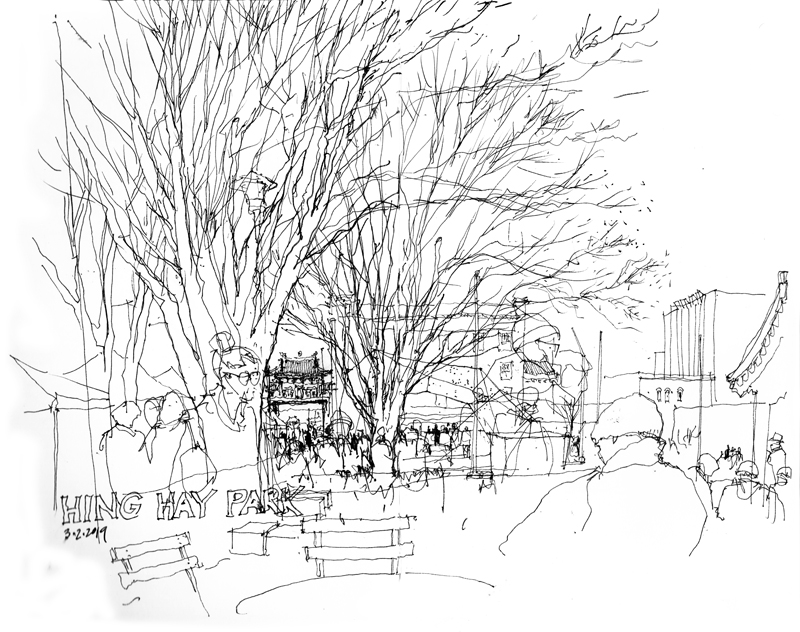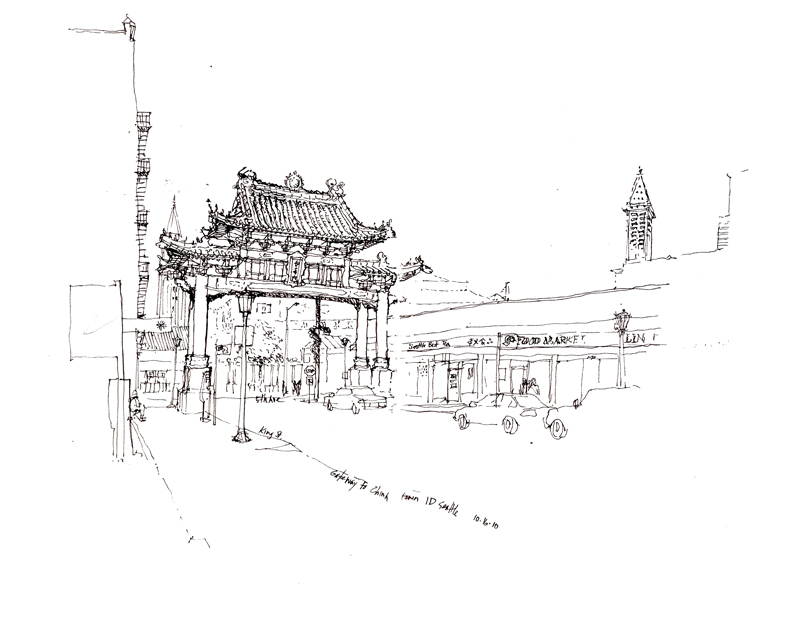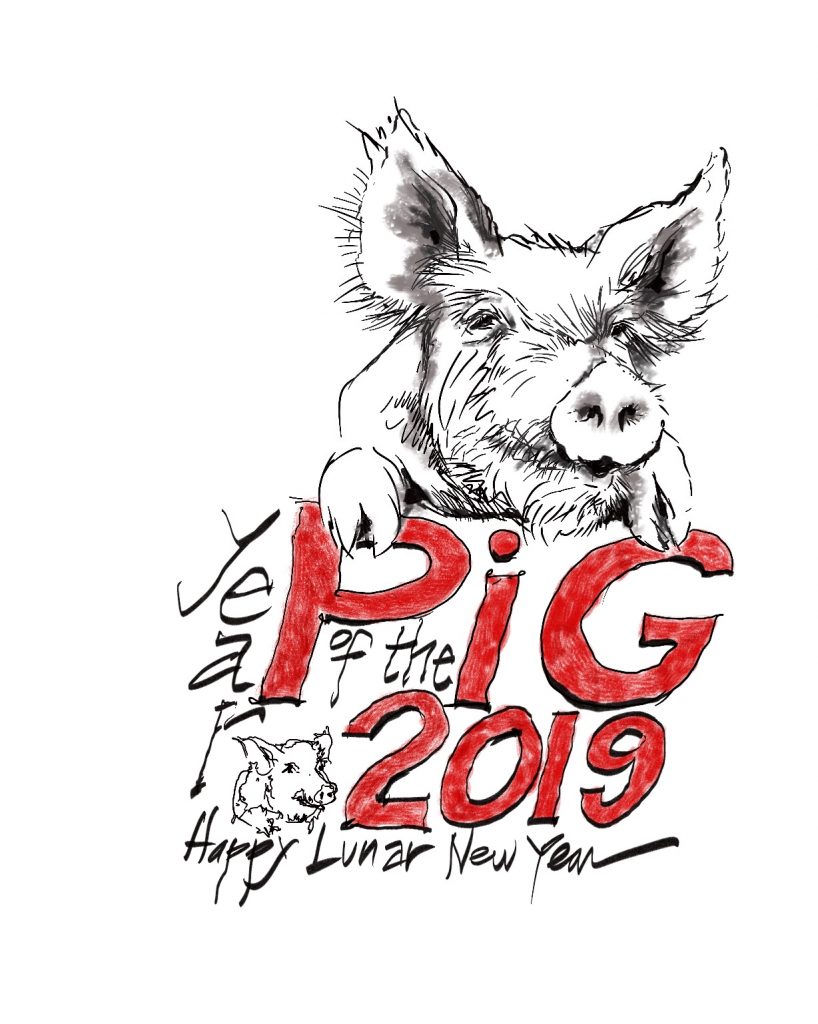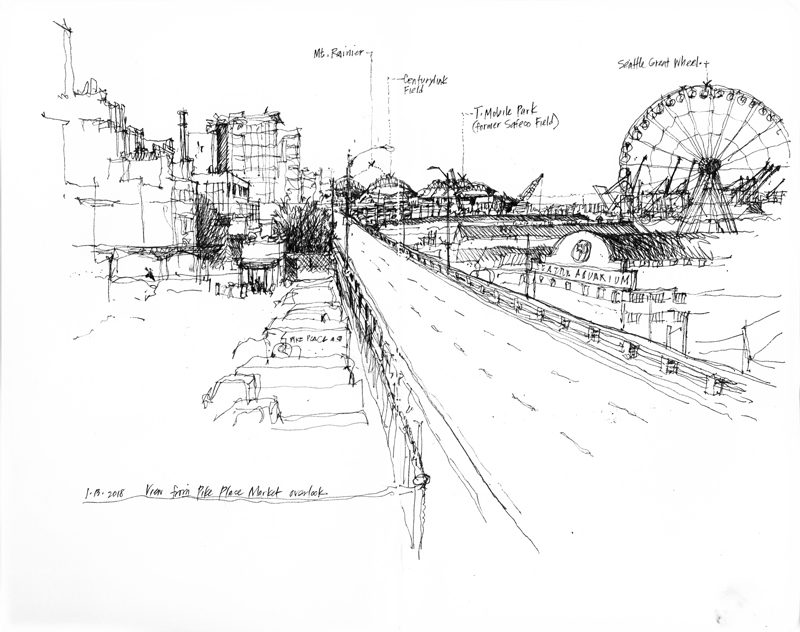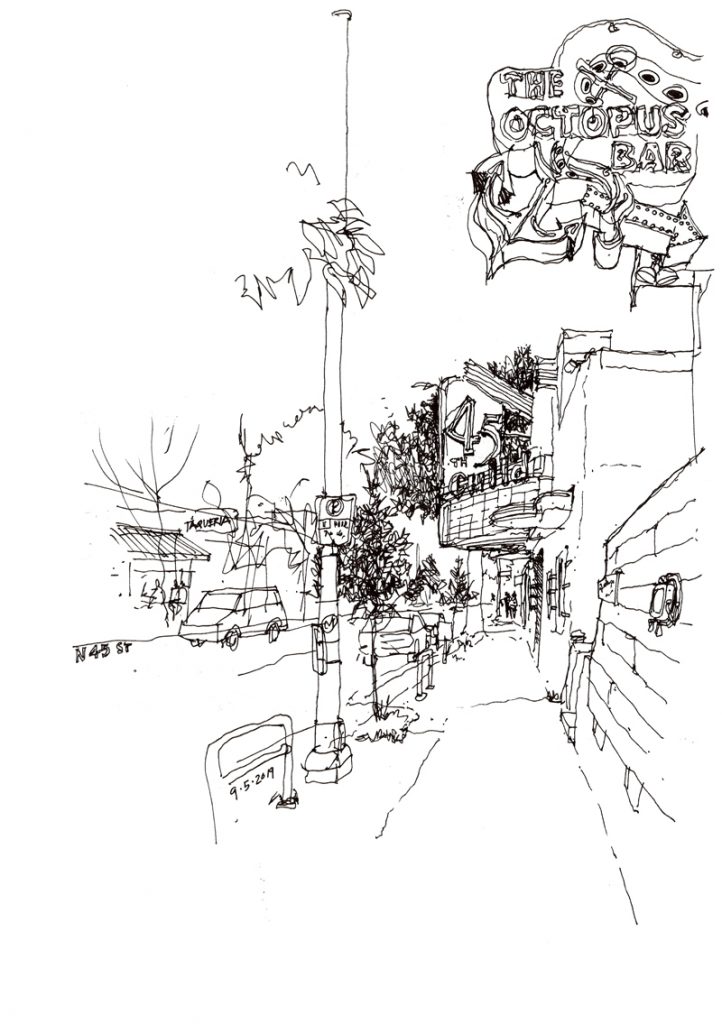
The Guild 45th is a 500-seat theater in the Wallingford neighborhood that opened in 1921 as the Paramount. The theater has survived a succession of owners, from its first, William Code; to Bill Bruen, who changed the name to 45th Street Theater when Paramount Pictures built its own Paramount Theater downtown in 1928; to Jack Neville; and to Bob Clark, who renamed it the Guild 45th and remodeled it in preparation for the showing of mainly foreign films and an art-house repertoire. In 1988, Landmark Theatres, a national movie-house chain, purchased the Guild 45th along with the rest of the Seven Gables Theatres previously put together by Randy Finley, the theater’s fifth owner.
On June 5, 2017, the Guild 45th closed suddenly, along with most of the other Landmark chain in Seattle, except for the Crest Cinema. The site sadly still sits vacant and very little is known or has been publicized about the property’s future.

